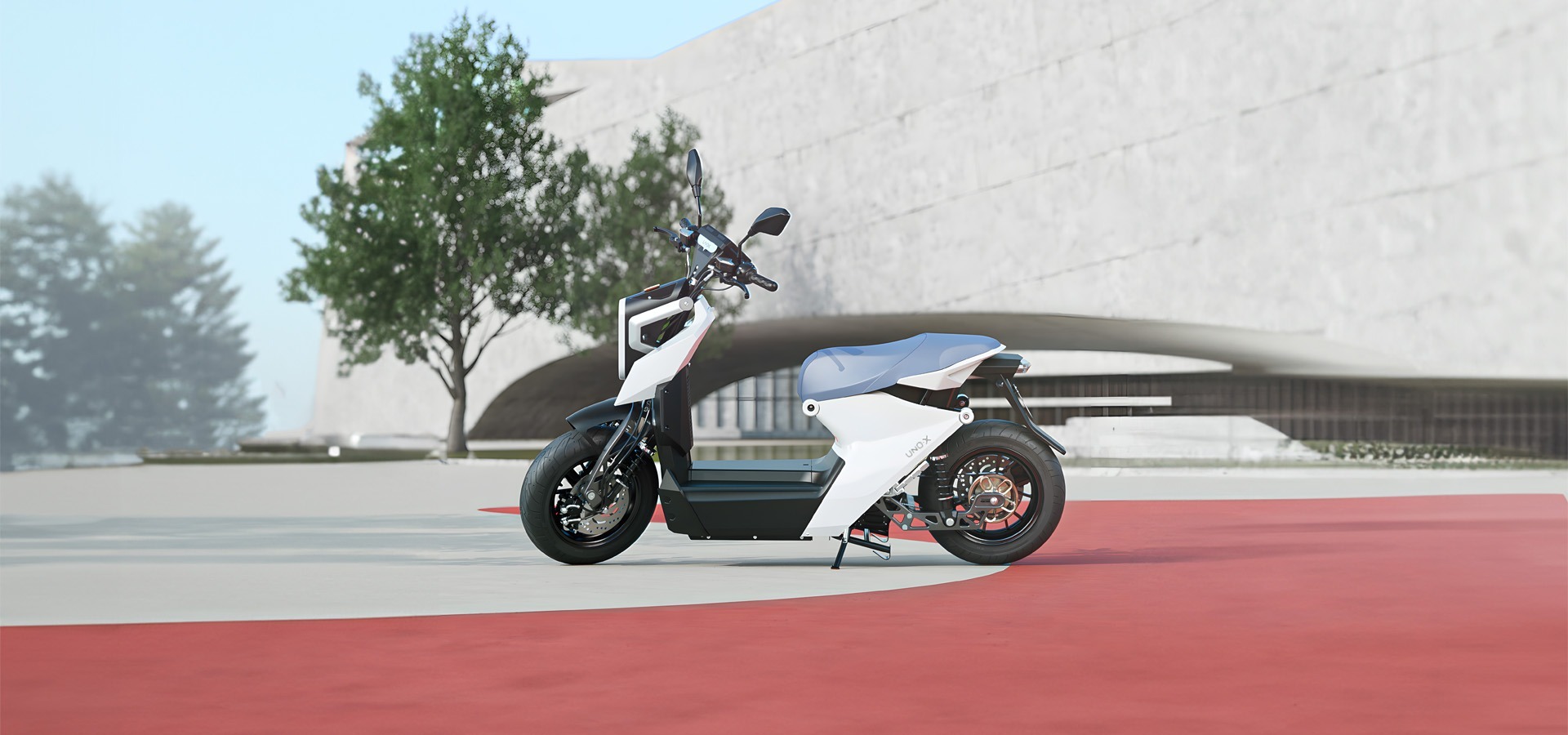The motorcycle industry is undergoing a technological transformation like never before. Artificial Intelligence (AI) and the Internet of Things (IoT) are reshaping how bikes operate, connect, and interact with riders. From predictive maintenance to smart helmets and real-time data sharing, these innovations are redefining safety, performance, and the overall riding experience.
- The Rise of Smart Motorcycles
- Artificial Intelligence Enhancing Rider Safety
- IoT Connectivity and Real-Time Data
- Predictive Maintenance and Performance Optimization
- Smart Helmets and Wearable Integration
- Advanced Rider Assistance Systems (ARAS)
- The Role of 5G in Connected Motorcycles
- Eco-Friendly Benefits of AI and IoT
- Challenges in Implementing AI and IoT
- The Future of Intelligent Two-Wheelers
- FAQs
- How do AI and IoT improve motorcycle safety?
- What are smart helmets, and how do they work?
- Can motorcycles communicate with cars using AI or IoT?
- What is predictive maintenance in motorcycles?
- Are there privacy risks with connected motorcycles?
- Will smart motorcycles be more expensive?
- Conclusion
AI and IoT technologies, once confined to luxury cars, are now being integrated into two-wheelers. Manufacturers are embracing digital systems that learn from rider behavior, enhance engine performance, and prevent accidents before they occur. The result is a new era of smart motorcycles — machines that are not just powerful, but intelligent.
The Rise of Smart Motorcycles
Smart motorcycles combine advanced sensors, connectivity, and computing power to create a safer and more interactive riding experience. These bikes use onboard AI systems to collect and analyze data from multiple sensors, adjusting performance settings in real-time.
IoT plays a crucial role by connecting the motorcycle to external networks such as smartphones, GPS satellites, and cloud servers. This connectivity allows riders to track location, monitor health stats, receive alerts, and even control certain features remotely through mobile apps.
Artificial Intelligence Enhancing Rider Safety
One of the most exciting applications of AI in motorcycles is in rider safety. Modern systems can now detect potential dangers — such as sudden obstacles, sharp turns, or nearby vehicles — and alert the rider instantly. Some prototypes even use AI-powered cameras to anticipate collisions and engage automatic braking systems when necessary.
AI also personalizes the ride. It learns from a rider’s habits, such as braking style, cornering speed, and throttle control. Over time, it adjusts suspension settings, traction control, and engine output to match individual preferences, creating a truly customized experience.
IoT Connectivity and Real-Time Data
The Internet of Things turns motorcycles into connected hubs of data. Through built-in sensors and wireless communication, IoT enables bikes to send and receive real-time information to smartphones, wearable devices, or cloud platforms.
This connectivity improves route navigation, maintenance tracking, and security. For example, a smart motorcycle can automatically send its GPS location if stolen or notify the owner if it’s moved unexpectedly. Riders can also receive instant diagnostics about tire pressure, battery status, or oil levels, preventing costly repairs.
Predictive Maintenance and Performance Optimization
Traditional maintenance relies on routine checkups, but AI-driven systems introduce predictive maintenance — a proactive approach that detects potential issues before they cause problems.
By analyzing vibration, temperature, and performance data, AI algorithms can predict when a part is likely to fail. Riders receive alerts through a mobile app or dashboard display, allowing for timely maintenance. This not only extends the bike’s lifespan but also reduces unexpected breakdowns.
Smart Helmets and Wearable Integration
Smart helmets are becoming a key component of the AI and IoT ecosystem. Equipped with voice assistants, built-in cameras, and Bluetooth connectivity, these helmets allow riders to stay connected without distractions.
AI voice control enables hands-free navigation, phone calls, and music playback. Meanwhile, IoT connectivity allows the helmet to sync with the motorcycle, displaying speed, turn-by-turn directions, and traffic alerts directly in the rider’s line of sight. This integration significantly enhances both safety and convenience.
Advanced Rider Assistance Systems (ARAS)
Borrowing inspiration from automotive technology, motorcycles are now equipped with Advanced Rider Assistance Systems (ARAS). These systems use AI-powered sensors, cameras, and radar to monitor the environment around the bike.
Features such as adaptive cruise control, blind spot detection, and collision avoidance are now being implemented in premium models. The data collected through IoT networks helps improve these systems continuously, as every ride contributes to refining the AI algorithms.
The Role of 5G in Connected Motorcycles
5G technology is another game changer in the evolution of smart motorcycles. With faster data transmission and lower latency, 5G allows bikes to communicate almost instantly with other vehicles, infrastructure, and the cloud.
This real-time exchange of data can prevent accidents through vehicle-to-everything (V2X) communication. Imagine a motorcycle receiving an alert from a nearby car that’s about to change lanes — before the rider even sees it. That level of connectivity will redefine road safety and traffic efficiency.
Eco-Friendly Benefits of AI and IoT
AI and IoT are also contributing to sustainability. By optimizing fuel efficiency and monitoring emissions, smart motorcycles help reduce their environmental footprint.
AI can automatically adjust power distribution based on riding conditions, ensuring maximum efficiency without compromising performance. IoT systems can also collect usage data that helps manufacturers design more eco-friendly models in the future.
Challenges in Implementing AI and IoT
Despite their potential, these technologies face challenges in widespread adoption. High costs, data privacy concerns, and infrastructure limitations can slow down progress.
Ensuring cybersecurity is another critical issue. Since smart motorcycles rely on constant connectivity, protecting them from hacking attempts is essential. Manufacturers are working on advanced encryption and AI-driven security protocols to safeguard both rider data and system functionality.
The Future of Intelligent Two-Wheelers
The future of motorcycles lies in intelligence and connectivity. Within the next decade, we can expect motorcycles that communicate directly with smart cities, analyze real-time road conditions, and even interact with traffic systems to optimize routes.
As AI and IoT technologies mature, they will bring greater safety, comfort, and sustainability to two-wheeled travel. Smart motorcycles won’t just take riders to their destinations — they’ll learn, adapt, and evolve with every journey.
FAQs
How do AI and IoT improve motorcycle safety?
AI detects potential dangers and adjusts bike settings, while IoT connects the motorcycle to real-time data, providing alerts about hazards, routes, and maintenance needs.
What are smart helmets, and how do they work?
Smart helmets feature built-in Bluetooth, voice control, and displays that project navigation or alerts directly in the rider’s view, ensuring safety without distraction.
Can motorcycles communicate with cars using AI or IoT?
Yes. With 5G and V2X technology, smart motorcycles can exchange information with nearby vehicles, helping to prevent collisions and improve traffic flow.
What is predictive maintenance in motorcycles?
Predictive maintenance uses AI to analyze data from sensors and forecast potential mechanical issues before they happen, reducing breakdowns and repair costs.
Are there privacy risks with connected motorcycles?
Like any connected device, data privacy is a concern. Manufacturers are implementing advanced encryption and cybersecurity features to protect rider information.
Will smart motorcycles be more expensive?
Initially, yes — but as the technology becomes mainstream, production costs will decrease, making AI and IoT features accessible to more riders.
Conclusion
AI and IoT are transforming motorcycles from machines into intelligent companions on the road. Through advanced sensors, data analytics, and real-time connectivity, riders now experience a safer, more responsive, and more personalized journey than ever before.
As innovation continues, the line between technology and mobility will blur further. The next generation of motorcycles will not only move with precision and power but also think, predict, and connect — marking the dawn of truly intelligent two-wheel travel.







